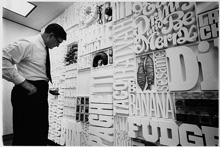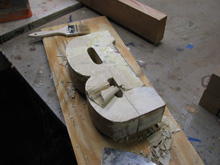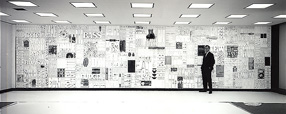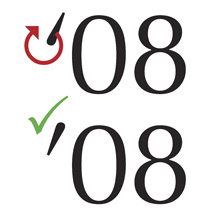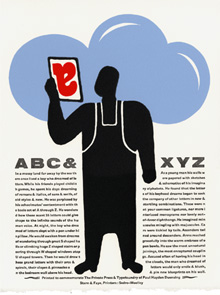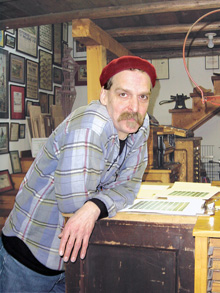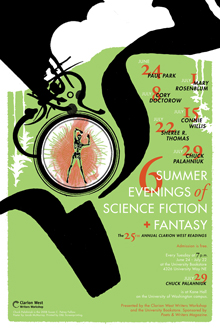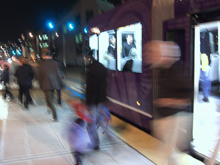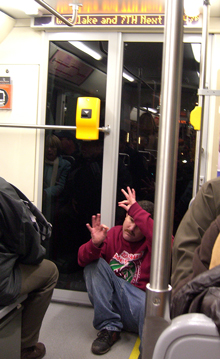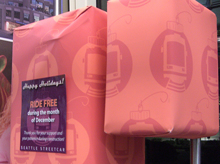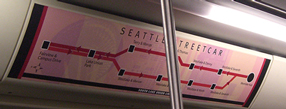After more than eight years of working for myself, I’ve just taken a job in the typography group at Microsoft. The focus of the team is on providing fonts for all of Microsoft’s markets around the world, in whatever language or writing system, though I also hope to have some influence on how fonts are used – i.e., typography.
“In any case,” as I said to some friends, “it looks like we’ll be staying in Seattle for the foreseeable future.” Eileen and I had been thinking about moving back to San Francisco, which we also consider home, and I had looked at a couple of possibilities in the Bay Area. “Well, unless President Obama asks me to become Minister of Typography.”
Okay, that may be just a riff, but in reality I think it would be a good thing to have a Secretary of Design, or someone with a similarly high level of government responsibility. (I’m tempted to call this Minister With Portfolio.) As I keep saying: since we live in a designed world, we might as well get good at it.
[Photo: Logos have a life cycle of their own, or at least their physical embodiments do. This broken sign, on the back side of a concrete slab in front of one of the buildings on the corporate campus, appealed to my love of missing, crumbling, or distressed lettering in the environment.]


